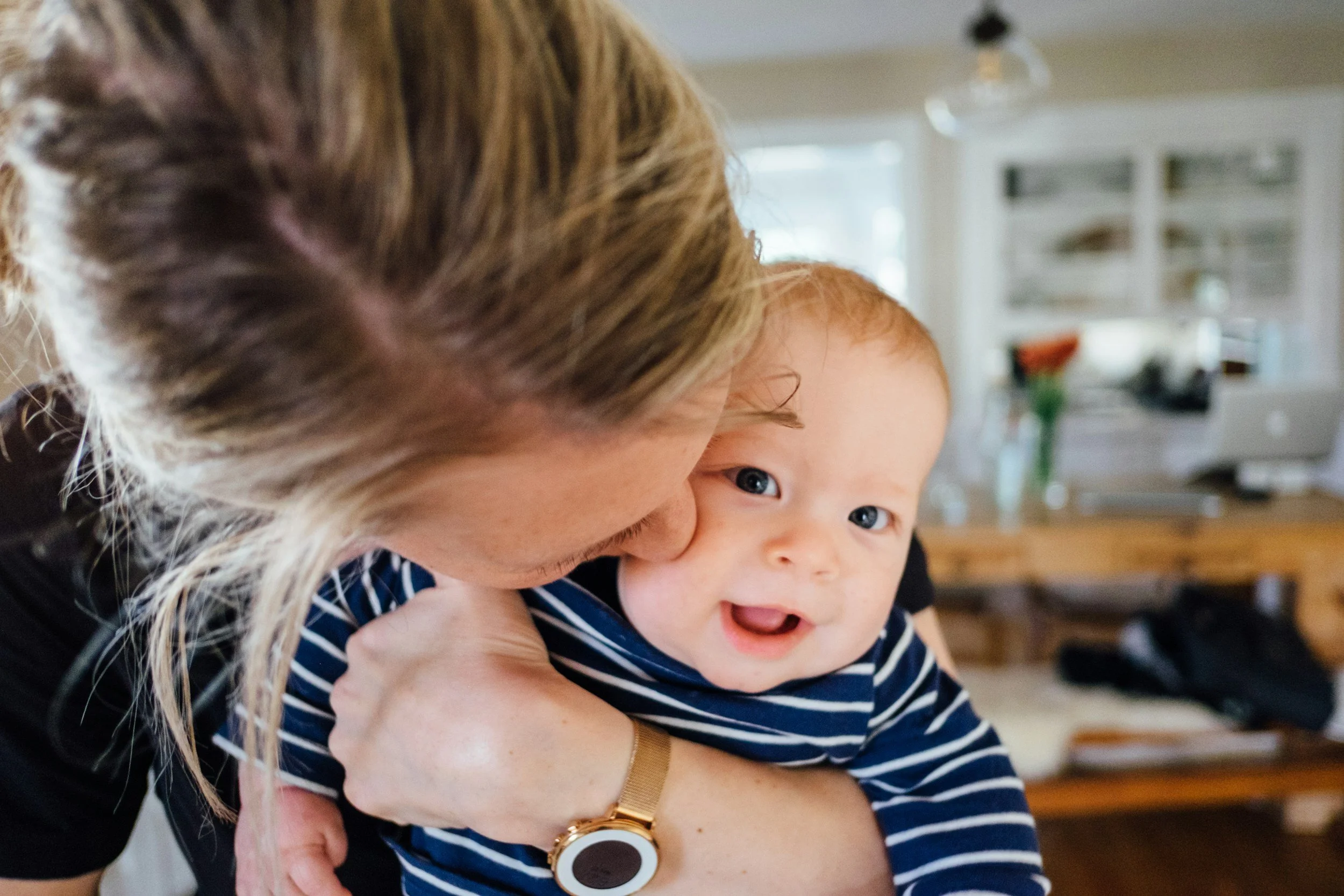What Is “Autonomy vs. Shame and Doubt”? Understanding Erikson’s Second Stage of Development
A World of “Me Do It”: The Essence of Early Autonomy
By the time a child reaches 18 months, the once utterly dependent infant begins to transform into a fiercely curious and determined toddler. This stage, which Erik Erikson called Autonomy vs. Shame and Doubt, stretches roughly from 18 months to three years of age. It is a period marked by a toddler’s urgent desire to assert their independence, master new skills, and experience a sense of control over their body, their environment, and their choices.
You may hear the phrase “Me do it!” uttered a dozen times in a single morning—this is not just an expression of will, but a deeply important developmental need. During this stage, the child is seeking to understand where their power begins and ends. They want to know: Can I do things for myself? Am I capable?
These aren’t minor questions. For Erikson, they are existential. The way these questions are answered—through everyday interactions, struggles, and triumphs—profoundly shapes a child’s emerging sense of self.
Autonomy: Learning to Stand on Their Own Feet
In practical terms, autonomy manifests in a toddler’s determination to dress themselves, feed themselves, climb, explore, and make choices—sometimes unreasonable ones (like wearing a tutu in winter or eating crayons). These actions are less about outcomes and more about exercising agency. They are rehearsals for personal control.
When caregivers provide safe opportunities for these explorations, encouraging the child’s growing independence while setting firm, loving boundaries, the child begins to internalize a core belief: I can do things. I am capable. From this, the essential virtue of Will emerges—a strong internal resolve that allows the individual to act with intention, even in the face of uncertainty.
Shame and Doubt: The Shadow of Autonomy
But autonomy doesn’t always unfold smoothly. If a child is harshly punished for accidents (like bed-wetting or spilling milk), mocked for trying and failing, or consistently overcontrolled, they may begin to internalize shame. Shame here isn’t just embarrassment—it’s a feeling that one’s efforts are not just flawed, but wrong.
Similarly, when caregivers intervene too often or don’t allow the child room to make choices or take risks, doubt begins to creep in. Maybe I can’t do things. Maybe I shouldn’t try.
The result? A child may become overly dependent on adults, hesitant to try new things, or chronically unsure of their ability to act in the world.
Striking the Balance: What Healthy Autonomy Looks Like
As with all of Erikson’s stages, the goal is not the elimination of shame or doubt, but the integration of these feelings in manageable doses. A child needs to experience minor failures and frustrations to learn perseverance and to understand that life has limits. A scraped knee, a crayon outside the lines, or a rejected snack offer all teach something important: freedom has consequences—but that’s okay.
When caregivers approach these moments with patience, humor, and encouragement, they send a powerful message: Your choices matter. Mistakes are okay. You’re learning.
Caregiving that Supports Autonomy
Parents and caregivers don’t need to be perfect, but their role during this stage is crucial. A toddler's desire for control is real but immature—they still need structure, safety, and emotional reassurance.
Supportive behaviors include:
Offering limited choices (“Would you like the red shirt or the blue one?”)
Allowing safe failures (letting them zip their coat, even if it takes longer)
Celebrating efforts, not just outcomes (“You worked hard putting on your shoes!”)
Encouraging self-care tasks like feeding, toileting, and dressing
Importantly, toilet training often becomes a symbolic battleground for autonomy. When approached with rigidity or shame, it can foster significant anxiety. But when it’s managed as a partnership—timed to the child’s readiness—it becomes a natural step in developing body autonomy and self-regulation.
When the Balance Tips: Maladaptation and Malignancy
In Erikson’s framework, imbalance at any stage can lead to negative outcomes:
Maladaptation: Impulsivity
When a child develops too much autonomy without enough healthy boundaries, they may become impulsive—leaping into situations without caution or consideration. This might look like defiance, but at its core is a lack of internal regulation.Malignancy: Compulsiveness
On the other hand, if shame and doubt dominate, a child may become compulsively perfectionistic, rigid, or overly fearful of mistakes. They might refuse to try new things, believing that doing something “wrong” is dangerous or humiliating.
A child’s internal dialogue becomes shaped by these patterns: “I must do everything right,” or “If I try, I’ll fail.” And these messages often echo into adolescence and adulthood.
From Toddlers to Adults: The Lasting Impact of Autonomy
Though this stage plays out early in life, its influence is far-reaching. Adults who resolved this stage well typically show:
A healthy sense of independence
Comfort making decisions
Resilience in the face of mistakes or failure
Confidence in expressing needs and setting boundaries
Adults who struggled during this stage may:
Avoid risks or new experiences
Be overly dependent on others for validation
Feel deep shame around vulnerability or bodily control
Swing between impulsive decisions and paralyzing self-doubt
This is why therapists working with adults often find themselves tracing themes of control, confidence, and shame back to this early window of development.
Two Toddlers, Two Paths
Consider two toddlers: Maya and Jordan.
Maya’s parents allow her to explore the backyard, even when she stumbles a bit. They laugh with her when she puts her shoes on the wrong feet and gently guide her when she’s frustrated. Over time, Maya becomes more confident, eventually dressing herself and approaching new tasks with enthusiasm.
Jordan’s parents, however, are highly anxious. They jump in quickly, often saying “Let me do it” or “You’ll make a mess.” Toilet training becomes a battleground, with frequent scolding. Jordan becomes hesitant, waiting to be told what to do, and becomes visibly anxious when he’s asked to do something alone.
These early scripts often become the lens through which individuals approach life well into adulthood.
Simply Put: The Power of “I Can Do It”
The Autonomy vs. Shame and Doubt stage is not just about toddlers learning to hold a spoon or pull on their socks—it’s about discovering a sense of self and building a relationship with power, choice, and control.
When nurtured well, children leave this stage with a sturdy inner compass: a will to act and the confidence to recover from failure. They believe they have the right to choose, to make mistakes, and to try again. And that belief—once embedded—can last a lifetime.










